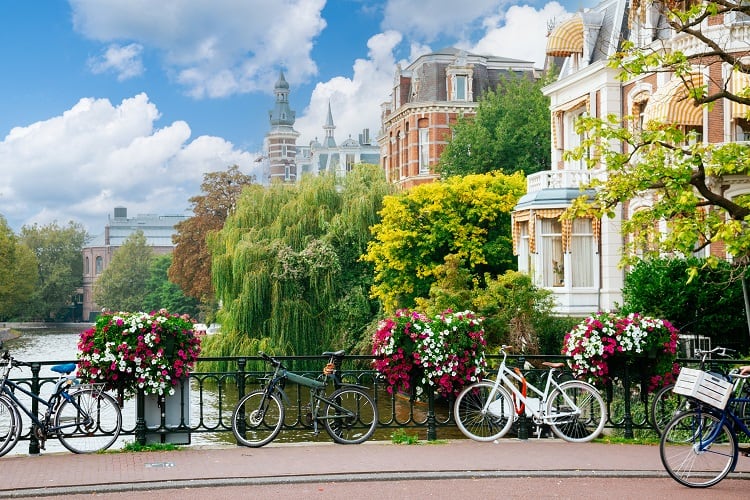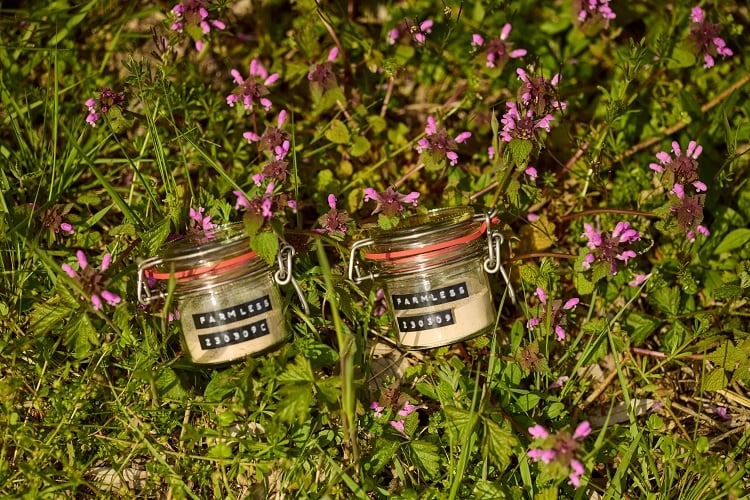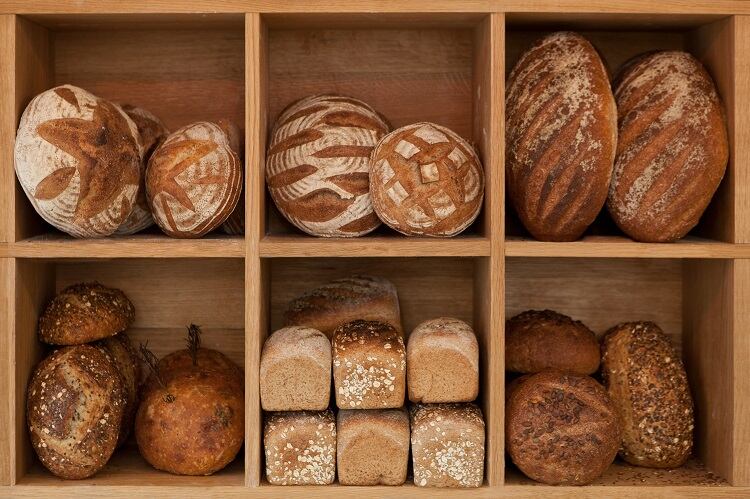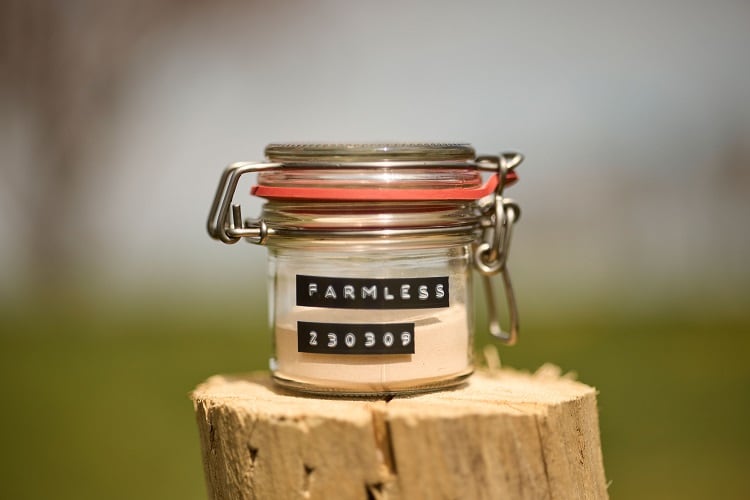The Netherlands-based fermentation startup, which produces 'carbon negative' protein, plans to use its €4.8m seed round, which was co-led by World Fund and Vorwerk Ventures with participation from investment firm Revent, to build a pilot plant in its native Amsterdam. It will also use the funding to continue striving for regulatory approval.
“Here we’ll scale up our fermentation process,” Pepijn Vloemans, Head of Communications at Farmless, told FoodNavigator.
“We're also setting up a substantial kitchen within the same facility. This space will be our creative playground, where we will play with, ferment and try out new food products -- all under one roof.
“With the funds we also carefully hire a few extra people and continue the process of regulatory approval. The pilot protein brewery will also enable us to produce a steady stream of samples for product co-development with partners.”
Efficiency is progress
According to Farmless, the production of its protein uses up to 5000 times less land than beef farming. In the process of upscaling, Farmless plans to maintain this level of efficiency.
“The crux is that we're skipping the very inefficient chain of photosynthesis and animal agriculture,” Vloemans told us.
“From a physics perspective, turning sunlight into beef is as wasteful as it gets. In contrast, our fermentation process relies on an alcohol which can be made with renewable energy. The amount of land that's needed for this renewable energy only takes up a fraction of the land surface that's needed to create legacy proteins.”
The process requires two types of energy. “We'll use energy to power our brewery (heating, cooling, downstream processing, etc.) and for this we'll simply rely on certified green energy contracts.
“Then there's the alcohol, which is the feedstock for our brewing process. We'll buy this from selected partners who make it with renewable energy. We expect this renewably made alcohol to become a commodity.”
Taste-wise, Vloemans is optimistic about the protein’s potential. “Right now, our protein shows promising results when it comes to water and oil holding capacity,” he told us, “which could be useful for all sorts of applications. The goal with our protein is to replace several ingredients at once in meat, dairy and egg successors, improving taste/texture and cleaning up the ingredient list.”
At its heart, the protein is about efficiency – the production of protein without taking up as much space in the land as traditional meat production. According to Our World in Data, 77% of farmland is used for animal agriculture.
“If we unlock the protein producing powers of the microbial kingdoms we can create a future worth getting excited about,” said Adnan Oner, Farmless’ founder and CEO.
“We can have an abundant, cruelty-free food supply and rewild the world, restore forests, all while drawing down gigatonnes of CO2 from the air. We’re excited to see that we had overwhelming investor interest in this round.”





